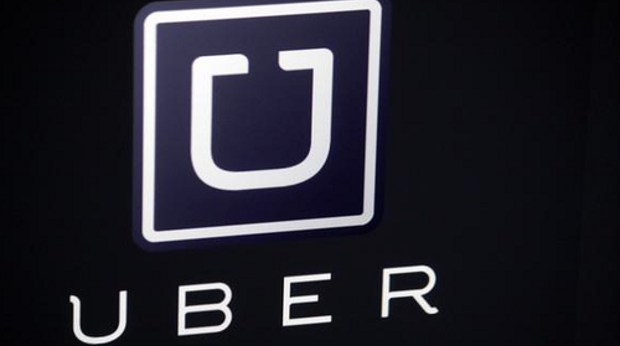Uber has a core team providing pre-packaged machine learning algorithms ‘as-a-service’ to its team of mobile app developers, map experts and autonomous driving teams.
Head of machine learning at Uber, Danny Lange has been busy bringing to Uber a similar structure to one he built during his time at infrastructure-as-a-service (IaaS) provider Amazon Web Services (AWS). There he managed their internal machine learning platform and helped launch Amazon Machine Learning for AWS.
Speaking to Computerworld UK, Lange said: “We are going to make every part of our business smarter and provide better user experiences. I run the team that offers that as an infrastructure and we have three core areas: drivers and riders taking trips, improving maps for drivers and self driving vehicles.”
Lange says that his team ensures that machine learning capabilities are available to its team of developers in the same way database or compute power would be.
“We have really had machine learning for a while but it is something that can be really hard for software engineers to get. So we have created machine learning-as-a-service inside the company as a cloud service,” he explained.
In practice this looks like a Web interface, or module, where a set of stock algorithms are available to developers within the organisation to integrate via API or programmatically.
Lange says it is “essentially a set of curated algorithms they can rely on. Then they use their data and their application or service to build the models that allow them to make, say, predictions about a customer habit or traffic congestion… You will have a panel there to build your models and look at them and see how they are doing.”
When it comes to mapping and autonomous driving, Lange and his team have to work a bit harder, going beyond these “traditional machine learning” algorithms and into computer vision and deep learning techniques.
Specifically, Uber has used machine learning techniques to bring greater personalisation into its core rider app this month. The new app starts simply by asking for your destination, including a number of predictions based on your habits and your current location. For example if you are at the office it will assume you want to go home, or to the gym, or the pub.
Uber is also using machine learning algorithms layered on top of their historic trip data to make more accurate estimated time of arrival (ETA) information, taking into account traffic patterns, for example. Lange has already seen a significant improvement in estimated delivery times by bringing more data and algorithms into the Uber Eats food delivery side of the business. “We saw a 26 percent uplift in accuracy from that,” he said.
Uber is also using data from the two billion logged trips it has to ‘learn’ where good pickup spots are. Lange explained: “We have machine learning algorithms which sift through the data and understand where we have the fewest problems picking up a customer. It learns from the friction of a pickup. So, you can measure the time it takes from a vehicle arriving to the person starting the trip.”
IDG News Service








Subscribers 0
Fans 0
Followers 0
Followers